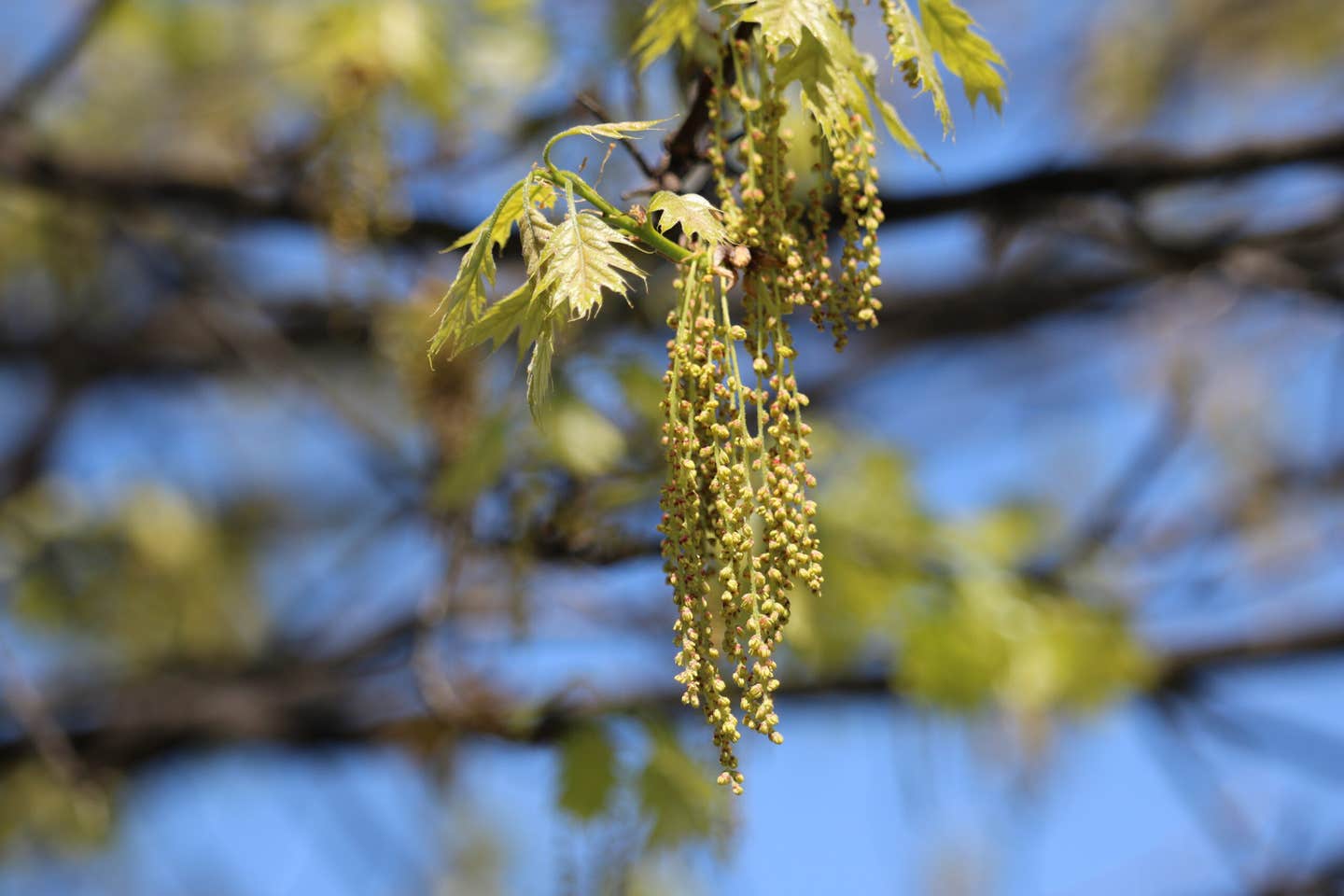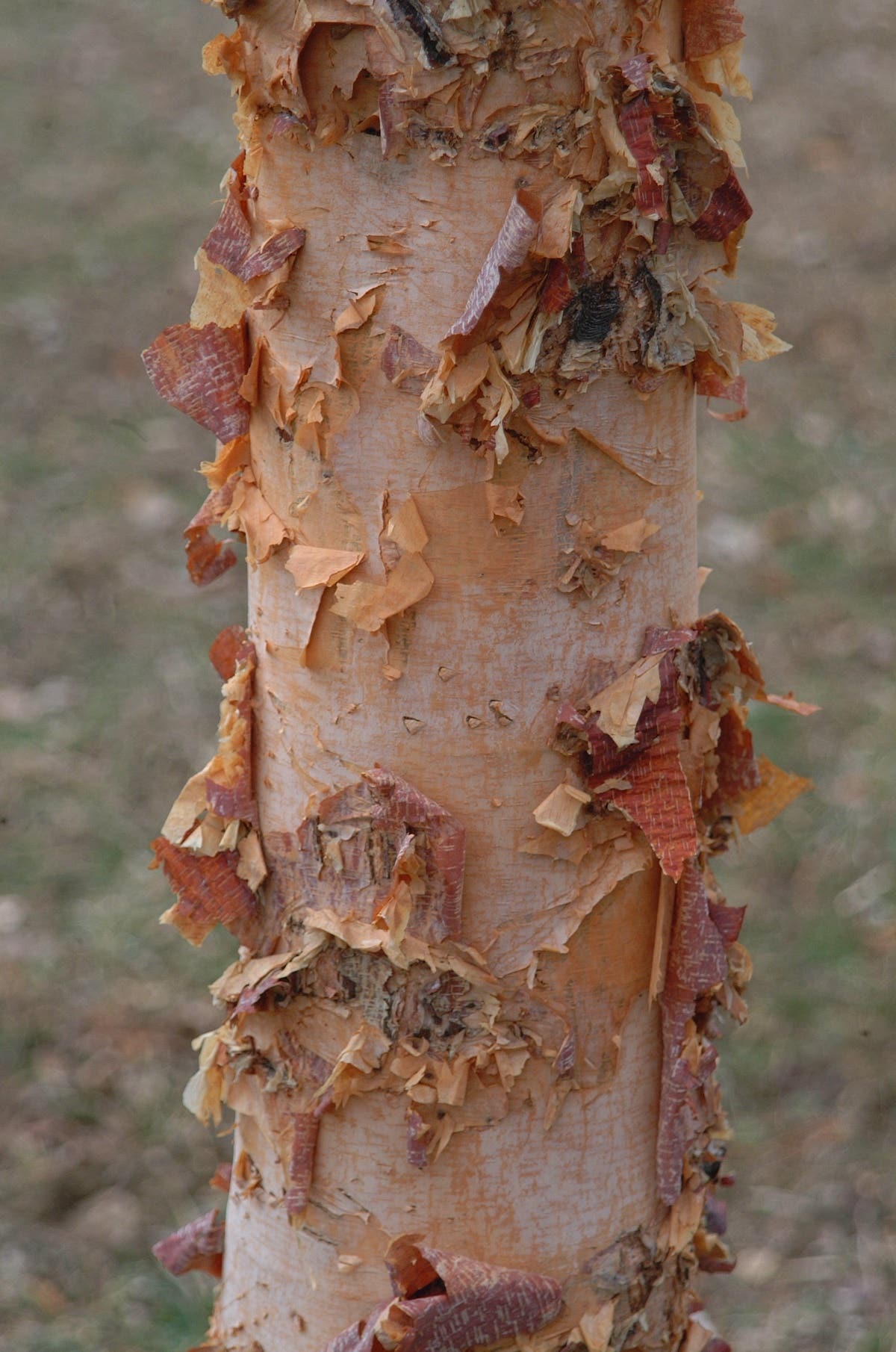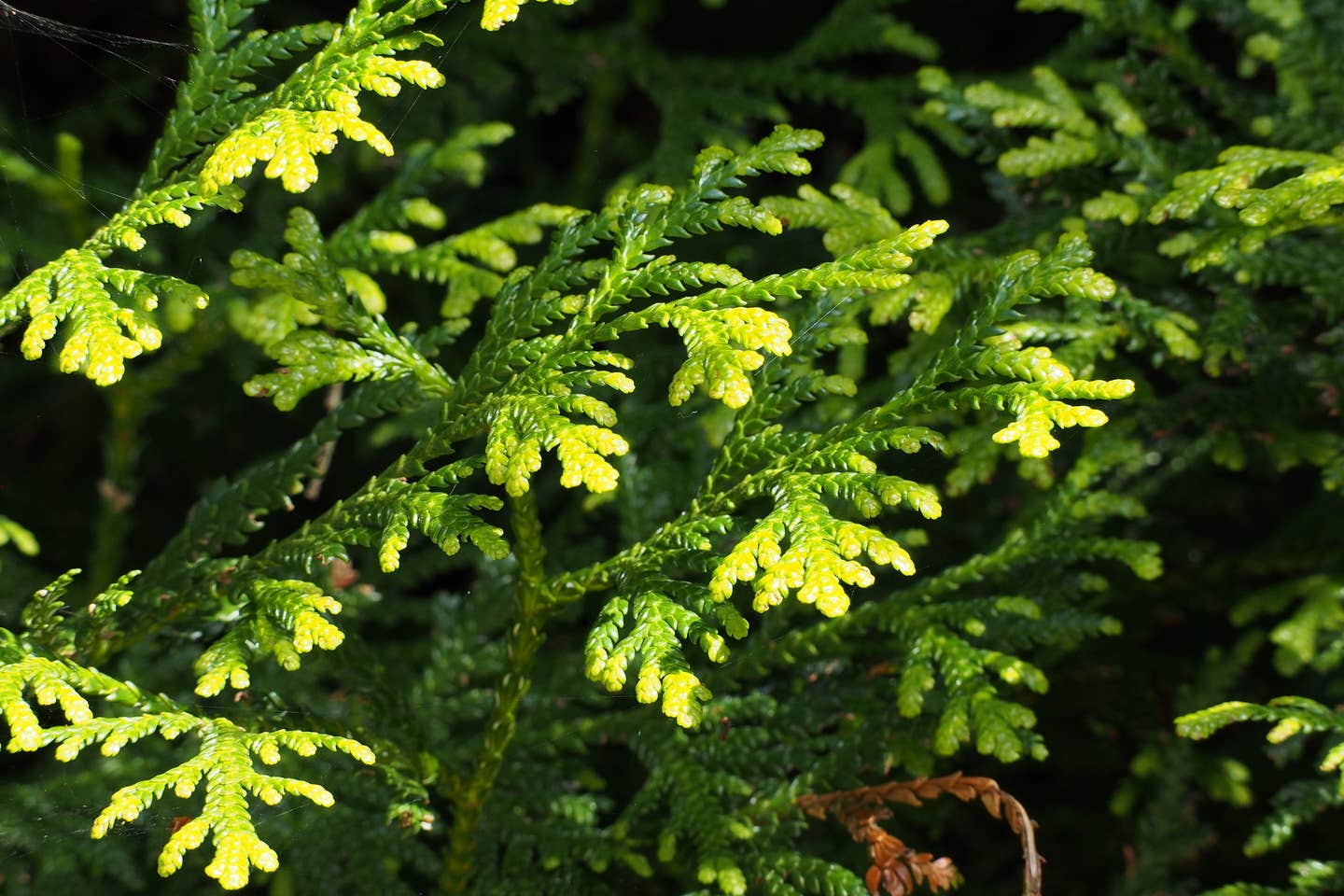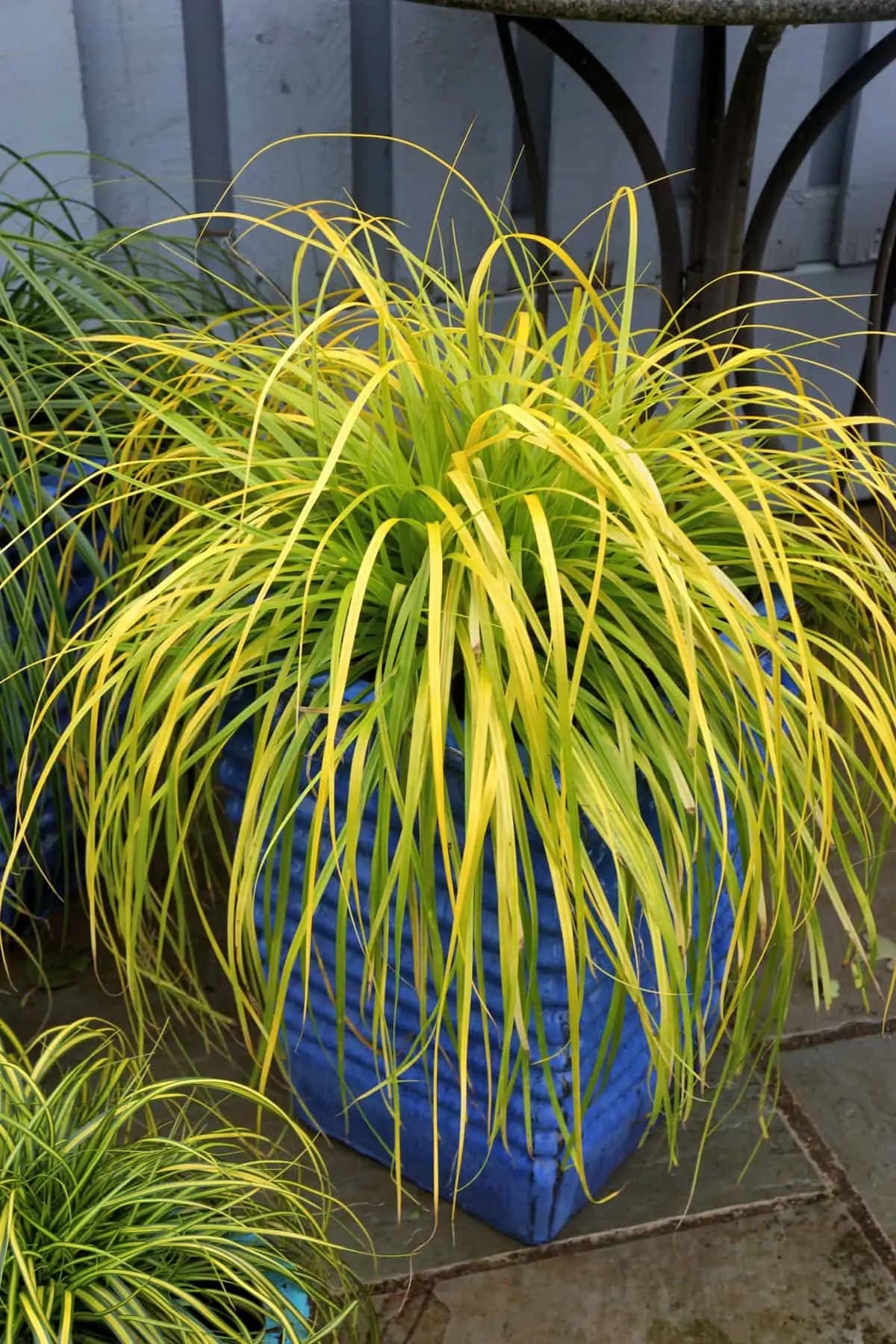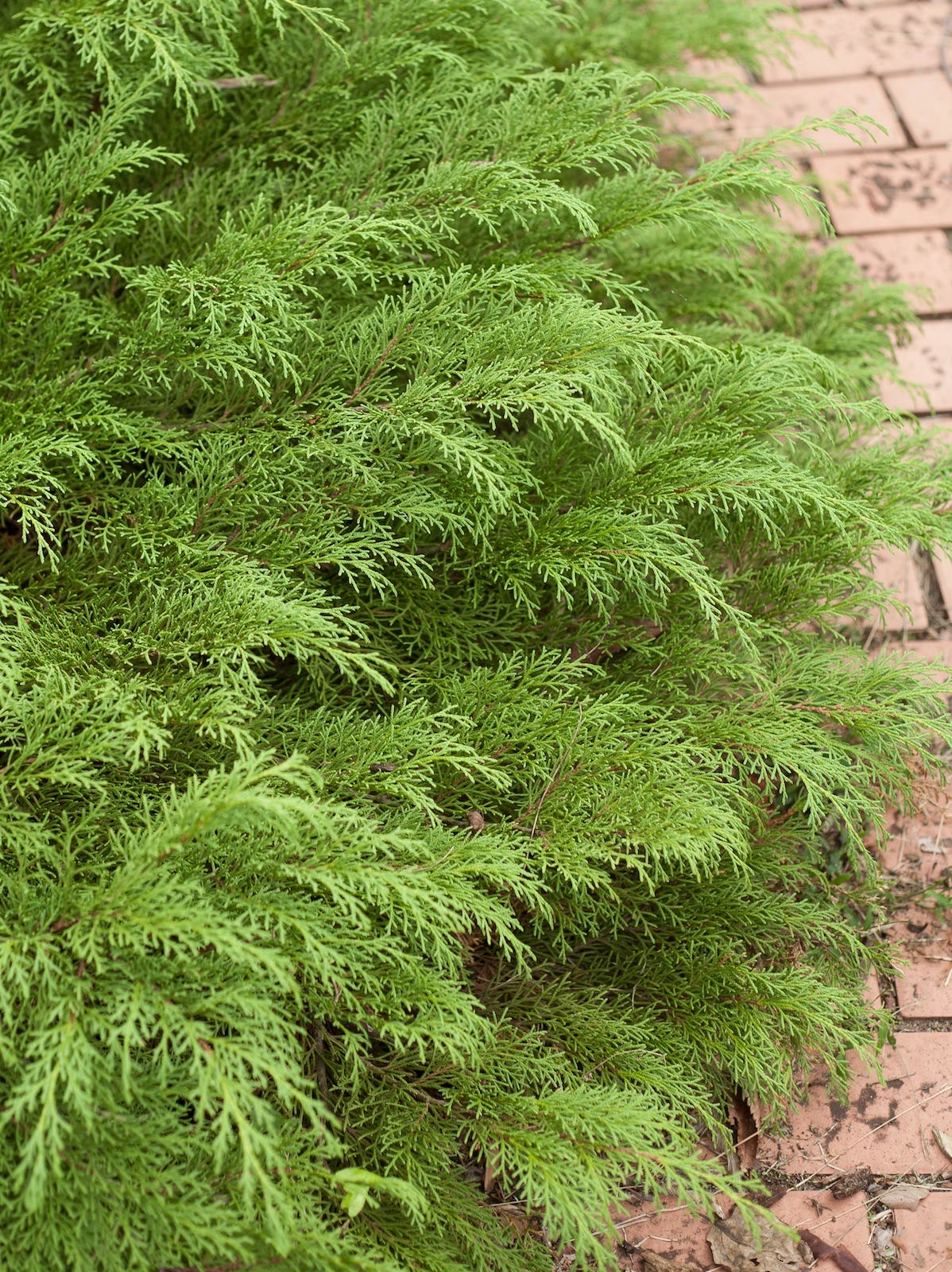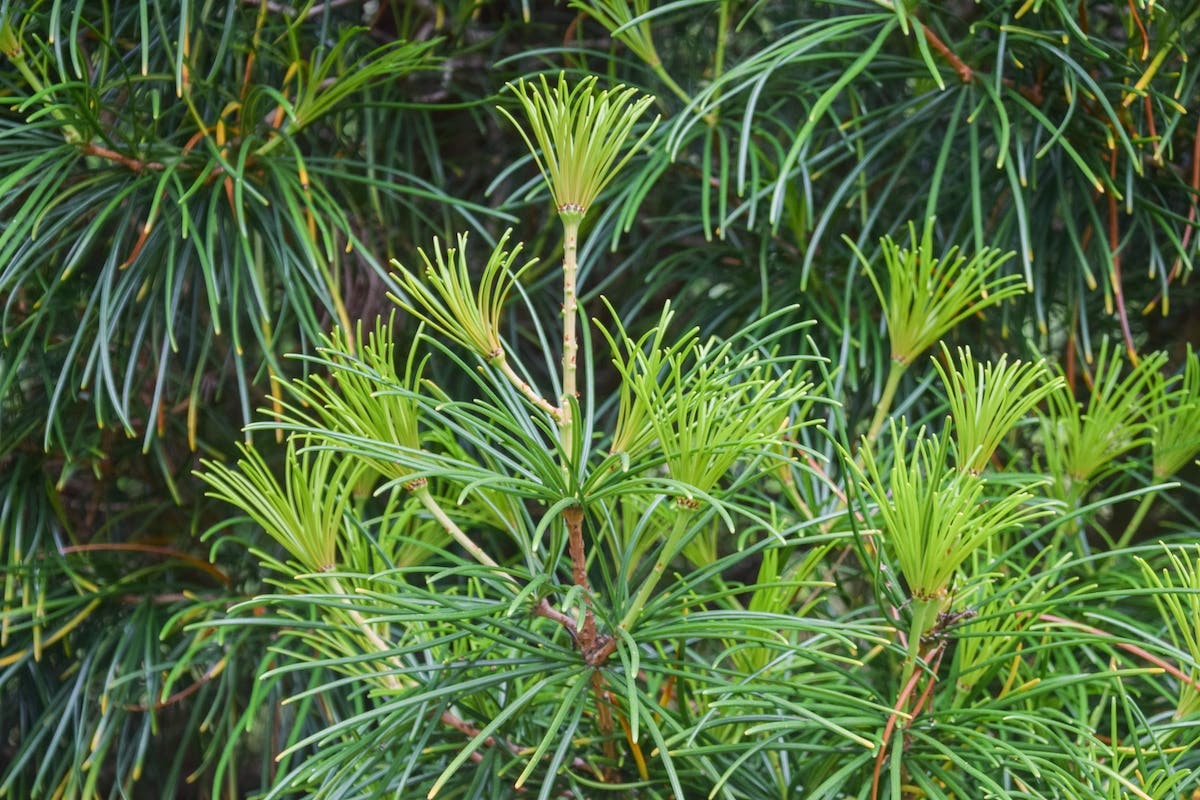Marquee Moon Is Tops Among Pale Daylilies
This fragrant daylily brings a pale glow to the garden.
Virtues: 'Marquee Moon' is a daylily with beautifully pale color. The fragrant flowers are a creamy yellow that can look close to white in bright sun. Ruffled edges add to their appeal. This is a heavy blooming daylily with substantial foliage that makes a dense mound two feet tall and wide. The flowers' light color makes this a versatile daylily that can be combined with other pastel flowers or with richly hued flowers.
Common name: 'Marquee Moon' daylily
Botanical name: Hemerocallis 'Marquee Moon'
Exposure: Full sun to part shade
Flowers: The flower of the 'Marquee Moon' daylily is 5 to 5.5 inches across and fragrant. It has a golden throat and golden ruffling around the petals' edges. The overall color is a pale creamy yellow with a touch of peach that is most apparent on cloudy days. Each scape can bear up to 40 flowers. (A scape is the leafless stalk that hold the flowers on a daylily plant.) Flowering occurs in midsummer.
Foliage: The leaves are medium green and grasslike. They die back in the fall.
Habit: This plant has the mounded/vase-like shape typical of a daylily. It is of moderate size with its height of 24 inches and width of 18 to 24 inches.
'Marquee Moon' is a "dormant tetraploid" daylily. Dormant means that its foliage withers away in the fall, there's a winter dormancy, and then growth emerges anew in spring. Tetraploid means that it has more than two sets of chromosomes in each cell (most plants have just two sets). Tetraploid daylilies are said to be more vigorous in growth, with larger, more intensely colored flowers, stronger scapes and a greater number of flowers and leaves, which are more substantial overall.
Origin: Bred by daylily hybridizer Dan Trimmer and introduced in 1998.
How to grow it: Plant 'Marquee Moon' daylily in full to part sun and poor to rich soil. More sun prompts more flowers and best shows off their pale color. Like most daylilies, it is not difficult to grow. It does well with regular moisture, but it can tolerate dry spells once it is established. USDA Zones 3–9.
Image credit: Walters Gardens


